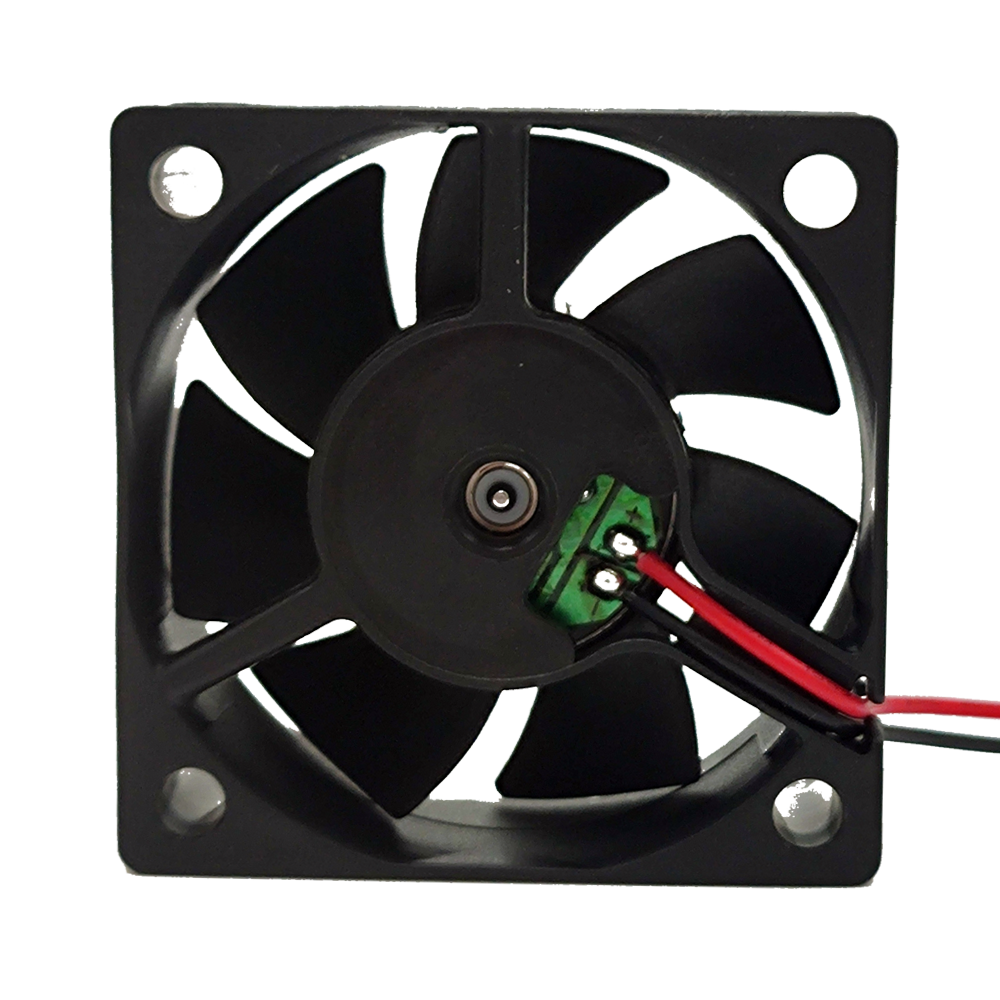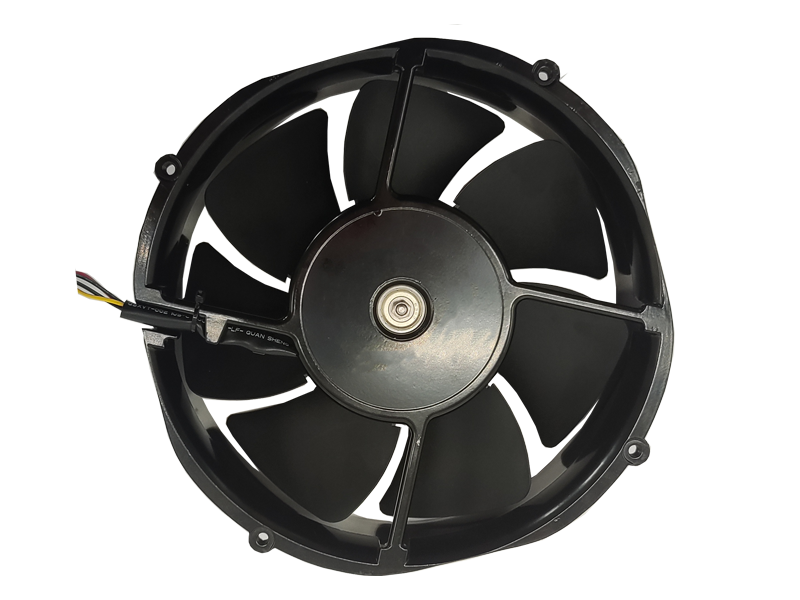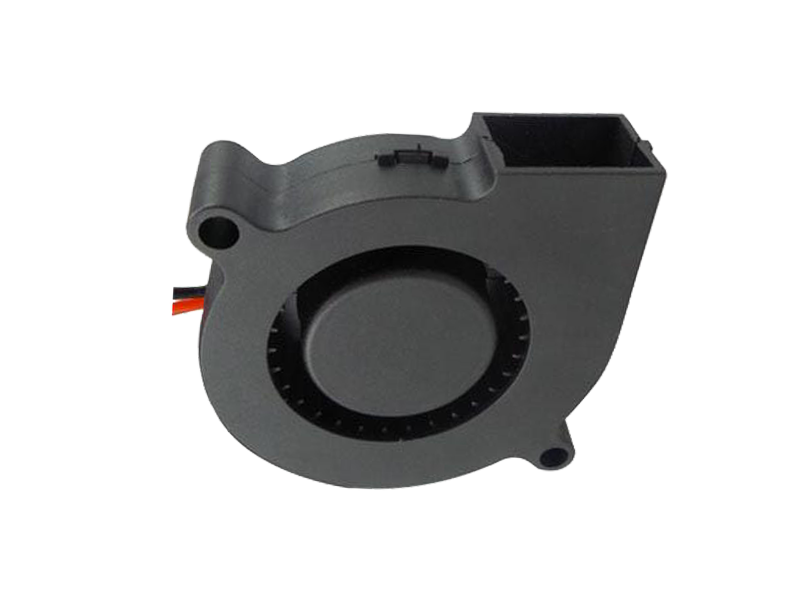Introduction
The Fourth Industrial Revolution has redefined industrial fan capabilities through IoT, AI, and predictive analytics integration. This article explores how modern industrial fan products are transitioning from passive ventilation systems to active airflow management platforms.
1. IoT-Enabled Sensor Networks
1.1 Multi-Parameter Monitoring
Modern industrial fans integrate 8+ sensors measuring:
Air velocity (±2% accuracy)
Temperature (0.1°C resolution)
Vibration (0.001g sensitivity)
Particulate matter (PM2.5/PM10)
Case Study: Siemens' "AirSmart" system in automotive painting booths reduced solvent emissions by 37% through real-time airflow adjustments.
1.2 Wireless Mesh Communication
Zigbee-based networks enable fan-to-fan communication in large facilities. A logistics center in Germany achieved 99.8% uptime by synchronizing 200+ fans through self-healing mesh protocols.
2. AI-Driven Predictive Maintenance
2.1 Machine Learning Algorithms
GE's "FanHealth" platform analyzes 15,000 data points per hour to predict bearing failures with 94% accuracy. Early warning saved a food processing plant $2.3M in potential downtime.
2.2 Digital Twin Simulations
Howden's "Virtual Fan" software creates digital replicas for performance testing. A power plant reduced commissioning time by 60% through virtual stress testing under extreme conditions.
3. Adaptive Control Systems
3.1 Dynamic Pressure Regulation
EBM Papst's "AutoFlow" adjusts blade pitch and RPM based on occupancy sensors. Office buildings report 32% energy savings while maintaining ASHRAE 62.1 compliance.

3.2 Demand-Response Integration
Munters' "GridSmart" fans reduce power consumption by 45% during peak tariff periods. A semiconductor fab achieved $1.2M annual savings through load-shifting strategies.
4. Cybersecurity Considerations
4.1 Blockchain Authentication
Systemair's "SecureAir" uses distributed ledger technology for firmware updates. Zero security breaches reported since 2022 implementation.
4.2 Role-Based Access Control
FläktGroup's "FanGuard" system restricts parameter adjustments to authorized personnel. Compliance with NIST SP 800-53 standards achieved in 98% of installations.
Conclusion
Smart integration is transforming industrial fans into proactive airflow management systems. Manufacturers must balance connectivity, security, and analytical capabilities to deliver solutions that meet Industry 4.0 requirements while maintaining mechanical reliability.
Recommended Products

The main purpose:Car charging station

The main purpose:Car charging station

The main purpose:Electronic refrigerators, water dispensers, direct drinking machines, inverter power supplies
Address:No. 4137, Longgang Avenue (Henggang Section), Henggang Community, Henggang Street, Longgang District, Shenzhen
hotline:13530005572(Chen)15112579390(Li)


Welcome all friends to come for consultation and negotiation.
Copyright 2024 @ Shenzhen Youneng Xinyuan Electronics Co., Ltd.,(industrial fans,industrial blowers,axial fans,cooling fans manufacturer,centrifugal fans,ac cooling fans,dc cooling fans)